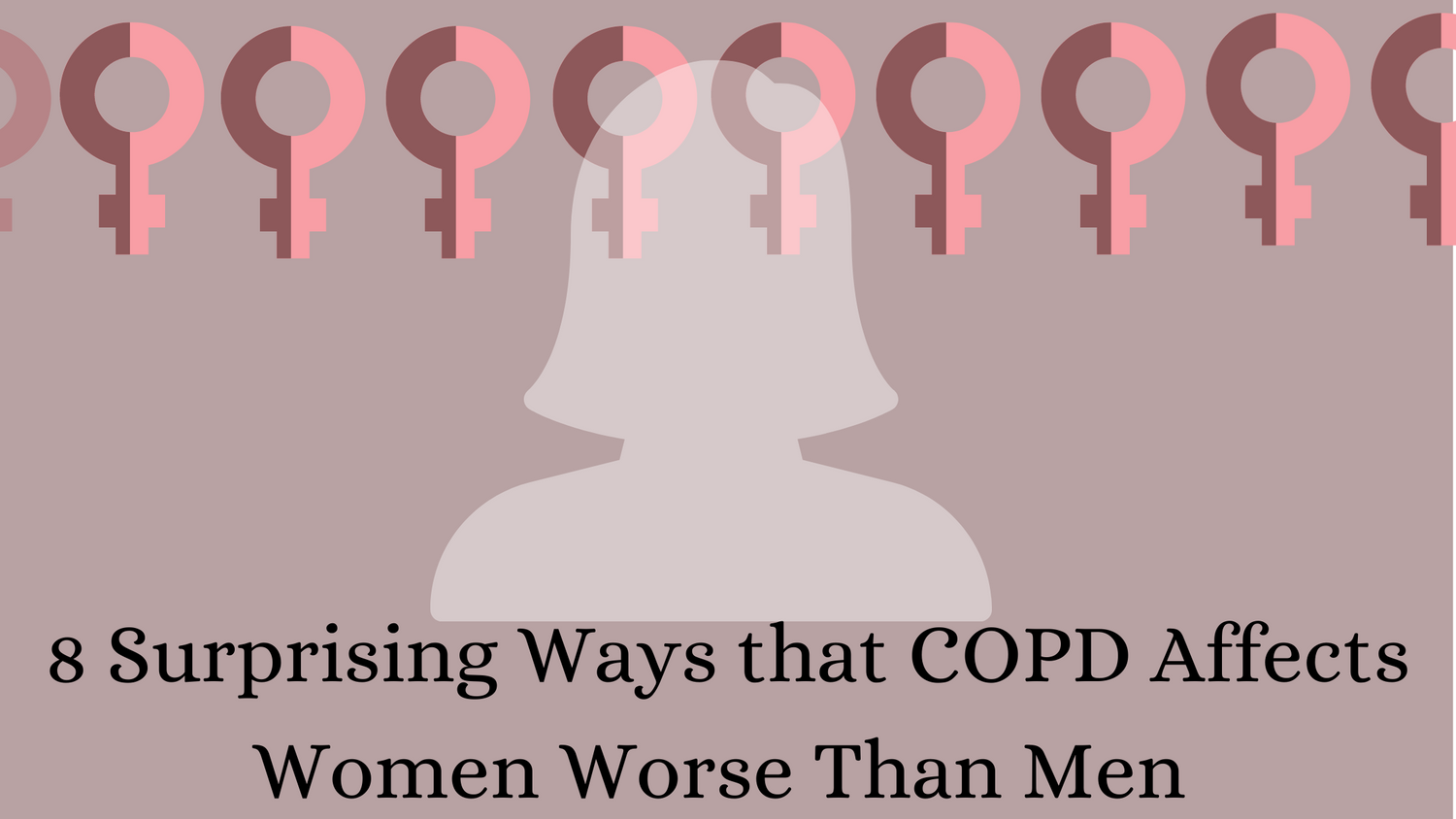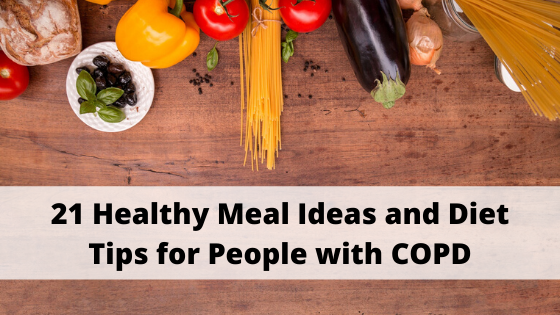Respiratory Resource Center - LPT Medical
8 Surprising Ways that COPD Affects Women Worse Than Men: Tips for Managing the Risks and Challen...
When it comes to sex and gender-related differences...
Read MoreElevate Your Nutrition with These 21 Healthy Meal Ideas and Diet Tips for People with COPD
The need for a healthy diet is something that...
Read More7 Tips to Help You Recover from a COPD Exacerbation Fast
One of the main priorities in COPD treatment...
Read More


